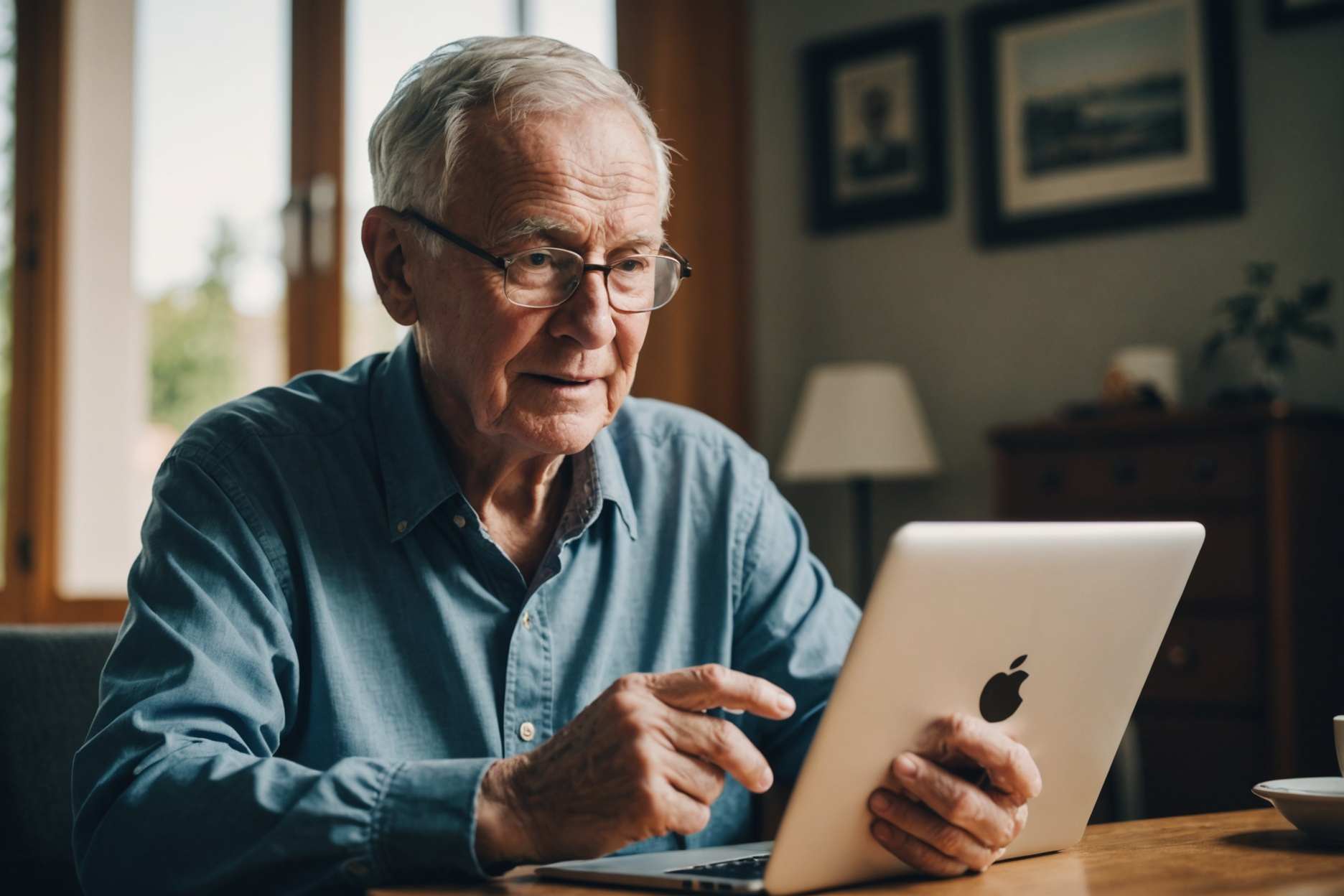
The holiday season is ramping up, and Thanksgiving will be upon us in just over a week. For a host who plans on serving turkey, experts say food safety must be at the top of the to-do list.
Foodborne illness from eating contaminated food causes approximately 48 million people to get sick and 3,000 deaths annually in the U.S., according to the U.S. Department of Agriculture. While everyone is at risk of getting a foodborne illness, some people are at a greater risk of getting seriously ill or even dying. Those include infants, young children, pregnant women, older adults and people with weakened immune systems.
Below are some steps to follow for safely thawing, preparing and cooking a turkey for Thanksgiving dinner, according to the USDA and the Centers for Disease Control and Prevention.
How to safely thaw a turkey
“Frozen raw turkey should be stored in the freezer until you are ready to thaw it,” according to the CDC’s website. “Make sure your freezer is at 0°F or below. Don’t store a turkey in a place where you can’t closely monitor the temperature, such as in a car trunk, a basement, the back porch, or in snow.”
A turkey should thaw at a safe temperature, which is why you shouldn’t leave it out on the counter to defrost. When a turkey is left at room temperature for more than two hours, it becomes unsafe to eat, even if the center remains frozen. This is because bacteria and germs that can cause illness can rapidly grow in what the USDA calls the “danger zone,” when the food is between 40°F and 140°F.
You can use one of the following three methods to safely thaw your Thanksgiving turkey, according to the USDA and CDC.
Refrigerator
🕐 This method allows for slow, safe thawing but requires some planning and lead time.
🧊 Keep the turkey in its original wrapping and place it in a container or dish to prevent juices that may leak during the thawing process from dripping onto other foods. Then put the container with the turkey in the refrigerator. Timing-wise, you’ll need about 24 hours for every 4 to 5 pounds of turkey. Once the turkey is thawed, it can be safely stored in the refrigerator for one to two days before cooking. (The USDA offers a handy thawing calculator for those who are unsure.)
Submerge in cold water
🕐 This method thaws a turkey faster, but it requires more attention, and the turkey will need to go in the oven immediately after.
🧊 Keep the turkey in its original plastic before submerging it in cold water to avoid cross-contamination. Place the turkey in the sink and cover it completely with cold tap water. The water needs to be changed every 30 minutes. You’ll need about 30 minutes of thaw time for each pound of turkey. The turkey must be cooked immediately after thawing, according to the USDA.
Microwave
🕐 Timing depends on the size of the turkey as well as the manufacturer’s instructions. You’ll need to cook the turkey immediately after it thaws in the microwave.
🧊 Typically a whole turkey won’t fit in a microwave oven. But if you’re looking to thaw a smaller turkey or turkey breast in a microwave, use the defrost setting and follow the manufacturer’s instructions on the packaging.
How to safely prep a turkey for cooking
Before and after you handle any raw turkey (or raw meat and poultry), wash your hands for 20 seconds with soap and water.
Separate the raw turkey from any prepared foods that won’t be cooked later, like vegetables, fruits or side dishes, to help prevent the spread of germs that could make you sick.
The USDA indicates that it’s safest not to wash or rinse your raw turkey before cooking because that risks spreading bacteria to other foods you might be preparing. “To avoid this risk, it is safest to not wash raw turkey,” the USDA says on its website. “However, if you do choose to wash or rinse your raw turkey, make sure to thoroughly clean and sanitize the sink and surrounding areas before continuing to prep.”
After preparing the turkey for cooking, be sure to wash any cutting boards, utensils and countertops with soap and hot water first. The USDA recommends sanitizing these items and surfaces using a solution of 1 tablespoon of unscented liquid chlorine bleach per 1 gallon of water.
How to safely cook a turkey (and stuffing)
Tradition reigns supreme when it comes to how Americans prefer to cook their Thanksgiving turkey. Sixty-five percent of Americans roast their turkey in the oven, while others prefer alternative methods, such as smoking (10%), frying (7%), grilling (7%) or air frying (7%), according to the National Turkey Federation.
Regardless of which method you prefer, the internal temperature of cooked turkey must be at a minimum of 165°F. The USDA recommends using a food thermometer in three areas to assess the temperature of a whole turkey: the thickest part of the breast, the innermost part of the wing and the innermost part of the thigh. Ensure the thermometer doesn’t touch any bones, as this will result in an inaccurate temperature reading.
Some might be surprised to learn that the USDA doesn’t recommend stuffing the inside of a whole turkey because it increases the risk of cross-contamination, plus it takes longer to cook. “For optimal safety and uniform doneness, cook stuffing separately,” the USDA advises. “If you do choose to stuff your bird, do not stuff a turkey the night before cooking it. Harmful bacteria can multiply in the stuffing and cause foodborne illness when a stuffed bird is refrigerated.” If you opt to cook the stuffing inside the turkey, it also must reach a minimum temperature of 165°F.
The USDA also offers this convenient cooking calculator.
LATEST POSTS
- 1
 When Would it be a good idea for you to Look for Help from a Criminal Legal counselor?
When Would it be a good idea for you to Look for Help from a Criminal Legal counselor? - 2
 This Flashy Old-School Design Trend From Italy Still Has A Place In Modern Kitchens
This Flashy Old-School Design Trend From Italy Still Has A Place In Modern Kitchens - 3
 【スターダム】フワちゃん〝復帰〟舞台裏 岡田社長が告白「本人は全くプロレスを軽く見てないです」(東スポWEB)
【スターダム】フワちゃん〝復帰〟舞台裏 岡田社長が告白「本人は全くプロレスを軽く見てないです」(東スポWEB) - 4
 The Effect of Online Organizations on Society: Beating the Difficulties
The Effect of Online Organizations on Society: Beating the Difficulties - 5
 Step by step instructions to Pick the Right Sunlight powered charger Type for Your Home
Step by step instructions to Pick the Right Sunlight powered charger Type for Your Home
 Most loved Amusement Park for Small children: Which One Do You Suggest?
Most loved Amusement Park for Small children: Which One Do You Suggest? The most effective method to Move toward Compensation Conversations for Cutting edge Practice Enrolled Attendants
The most effective method to Move toward Compensation Conversations for Cutting edge Practice Enrolled Attendants Nutrient Rich Natural products: Lift Your Wellbeing
Nutrient Rich Natural products: Lift Your Wellbeing Partake in the Outside: Senior-Accommodating Exercises for 2024
Partake in the Outside: Senior-Accommodating Exercises for 2024 5 Arising Professions in Environmentally friendly power
5 Arising Professions in Environmentally friendly power トヨタ、新型「ハイラックス」タイで世界初公開=9代目はBEV設定 日本は26年導入へ(くるまのニュース)
トヨタ、新型「ハイラックス」タイで世界初公開=9代目はBEV設定 日本は26年導入へ(くるまのニュース) A definitive Burger Standoff: Which One Rules?
A definitive Burger Standoff: Which One Rules? 中日・柳裕也、国内FA権を行使せず残留を決断、巨人が調査も『ドラゴンズ愛』貫く、プロ10年目来季は竜投をけん引する(中日スポーツ)
中日・柳裕也、国内FA権を行使せず残留を決断、巨人が調査も『ドラゴンズ愛』貫く、プロ10年目来季は竜投をけん引する(中日スポーツ) 2024 Manual for Light Extravagance Room Feel: What's Moving
2024 Manual for Light Extravagance Room Feel: What's Moving













